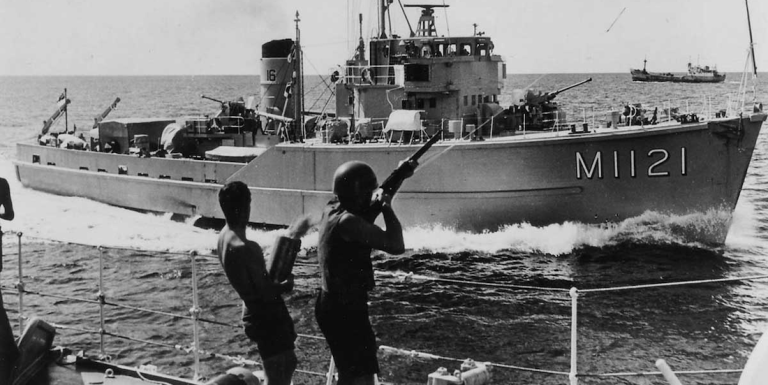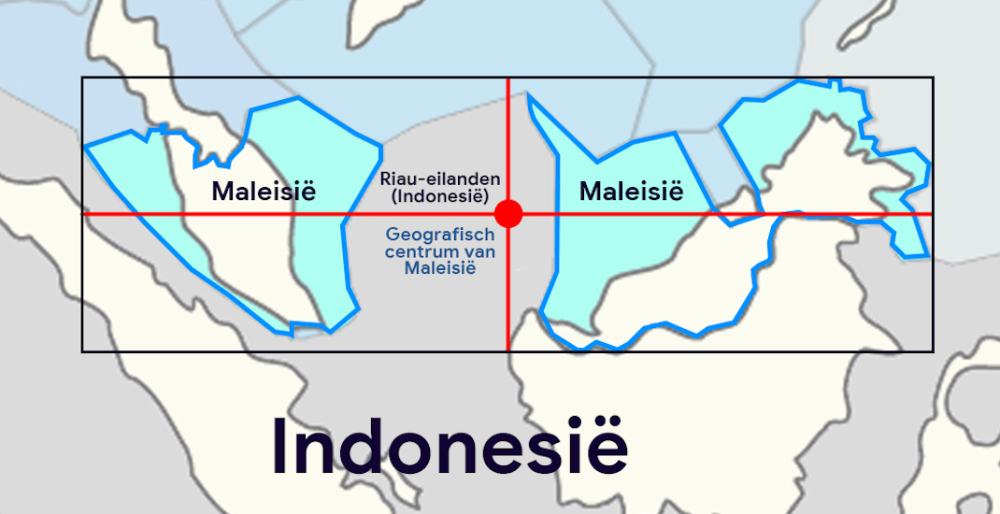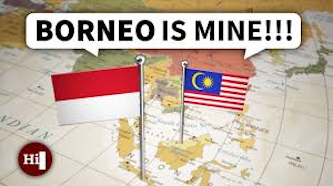
How a Cold War-Era Conflict Shaped Southeast Asia’s Geopolitical Landscape – with Britain, Australia and New Zealand
New York, N.Y. — In the shadow of the Vietnam War, another fierce but often overlooked conflict raged in Southeast Asia during the 1960s.
The Konfrontasi, or Confrontation, was a bloody three-year struggle between Indonesia and the newly formed Malaysia, backed by Britain, Australia, and New Zealand. Fueled by territorial disputes, ideological clashes, and Cold War tensions, this war left deep scars on the region.

Origins of the Conflict

The roots of Konfrontasi trace back to the decolonization of Southeast Asia. In 1963, the Federation of Malaysia was formed, merging Malaya, Singapore, Sabah, and Sarawak.
Indonesia’s president, Sukarno, viewed this as a neo-colonial plot by Britain to maintain influence.
A staunch anti-imperialist, Sukarno launched a campaign of “Ganyang Malaysia” (Crush Malaysia), deploying guerrillas and saboteurs across Borneo and the Malay Peninsula.
Escalation into Open Warfare
By 1964, skirmishes had turned into full-scale military operations. Indonesian forces infiltrated Malaysian territory, leading to brutal jungle warfare. Britain and its Commonwealth allies responded with counterinsurgency operations, including elite S.A.S. units conducting cross-border raids. The conflict saw ambushes, bombings, and naval clashes, with Indonesia even attempting to destabilize Singapore through propaganda and sabotage.

Cold War Dimensions
The Konfrontasi was not just a regional dispute—it was a proxy battleground. Sukarno, aligned with Communist powers, received support from China and the Soviet Union, while Malaysia was backed by the West. The U.S., wary of Communist expansion, provided covert aid to Malaysia, further entangling the conflict in Cold War politics.
The Road to Peace
The war dragged on until 1966, when a coup ousted Sukarno, bringing General Suharto to power. Seeking to stabilize Indonesia’s economy and international standing, Suharto ended hostilities. The Bangkok Accord formally concluded the conflict, but distrust lingered for decades.
Legacy of Konfrontasi
Though rarely discussed today, Konfrontasi reshaped Southeast Asia. It solidified Malaysia’s sovereignty, weakened Sukarno’s regime, and demonstrated the dangers of Cold War brinkmanship. The conflict also foreshadowed ASEAN’s formation, as regional leaders sought to prevent future confrontations.
Konfrontasi: The Forgotten War Between Indonesia and Malaysia (July 10, 2025)
Summary
In the 1960s, Indonesia and Malaysia fought a brutal, undeclared war known as Konfrontasi. Fueled by Cold War tensions and territorial disputes, the conflict involved guerrilla warfare, foreign intervention, and political upheaval. Though officially ended in 1966, its legacy still influences Southeast Asia today.
#Konfrontasi #ColdWarHistory #SoutheastAsia #IndonesiaMalaysiaConflict #MilitaryHistory
Tags: Konfrontasi, Indonesia-Malaysia War, Cold War, Sukarno, Guerrilla Warfare, Southeast Asian History
